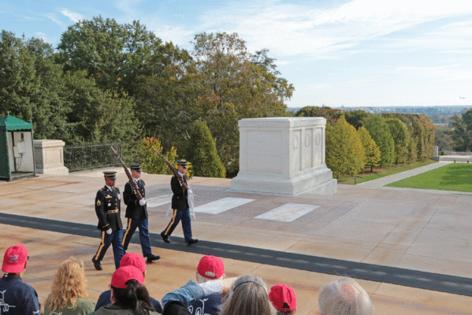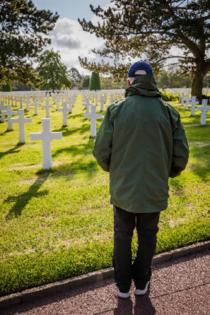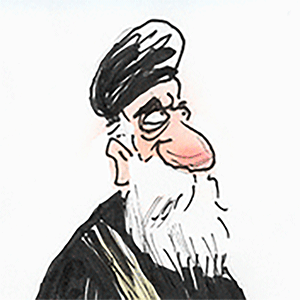Tombstone Tourism Isn't as Somber as It Sounds
By Victor Block
Several groups of people stroll leisurely over rolling fields situated on a hilly peninsula that overlooks the San Diego Bay and Pacific Ocean. Some pause beneath the shade offered by the wind-shaped trees to enjoy the scenic setting and the view, which includes San Diego in the distance. While this would be a perfect spot to enjoy a picnic, rules prohibit that activity, along with biking, jogging and other recreational sports.
Instead, visitors to the site disperse throughout the grounds to participate in the primary reason they have come to this lovely spit of land. They stop to pay their respects and to honor some of the 112,000 military men and women who have been interred at Fort Rosencrans National Cemetery.
Originally this site was designated for military purposes by President Millard Fillmore in 1852 and named after a Union general in the American Civil War. It hosted a coastal artillery installation until 1945. Today it is emblazoned with row after row of tidy white headstones marking the final resting place of dozens of Medal of Honor recipients and other veterans.
While people usually visit a graveyard to recall and revere a lost loved one, burial locations around the country also attract adherents who drop by for other reasons. Many go to see the final resting place of a favorite celebrity, others to admire the unusual and unexpected beauty found at some cemeteries and some for other purposes.
Joy Neighbors, an author and cemetery blogger, has claimed that going to cemeteries is "akin to visiting a museum: an opportunity to enjoy rarely seen sculpture, intricate carvings and amazing architecture, all in a tranquil outdoor setting."
According to Sue Slocum, associate professor of hospitality at George Mason University, "tombstone tourism" is a rich source for the history-curious. She notes that gravestones serve as monuments to the past, and the design and symbols carved into them relate information about the era in which they were produced.
Examples of this are evident in the historic cemeteries of New Orleans. Because of that city's high water table, above-ground tombs have long been the norm there. They have provided an opportunity for creating designs that are architecturally, culturally and historically unique. Some demonstrate an ancient Roman influence, while others have motifs inspired by Greek, Egyptian, Gothic and other styles.
The mood is very different at many military burial places. Arlington National Cemetery combines the pristine appearance of row after row of simple white identification markers with the simple, solemn setting of President John F. Kennedy's final resting place and the meticulous routine followed by soldiers guarding the Tomb of the Unknown Soldier.
That famous memorial has been perpetually guarded since 1937 by members of the celebrated 3rd U.S. Infantry Regiment, who follow a meticulous routine. They march 21 steps south, turn left and pause for 21 seconds, turn left again, return to their starting point and repeat the exercise until being relived at the elaborate Changing of the Guard ceremony.
...continued
Copyright 2024 Creators Syndicate, Inc.










